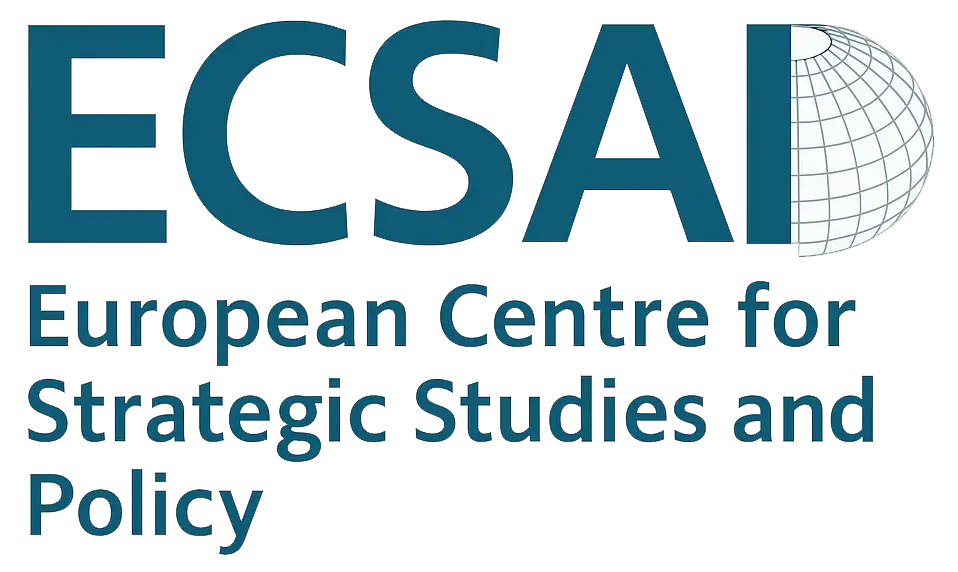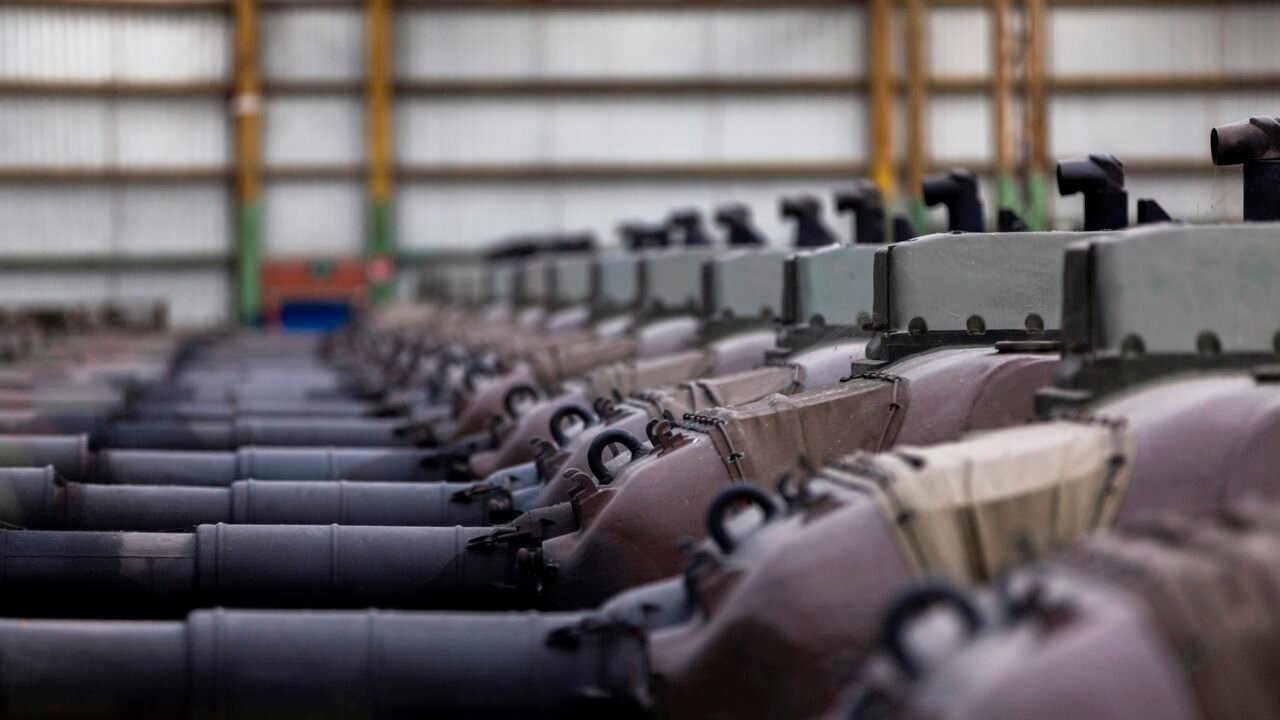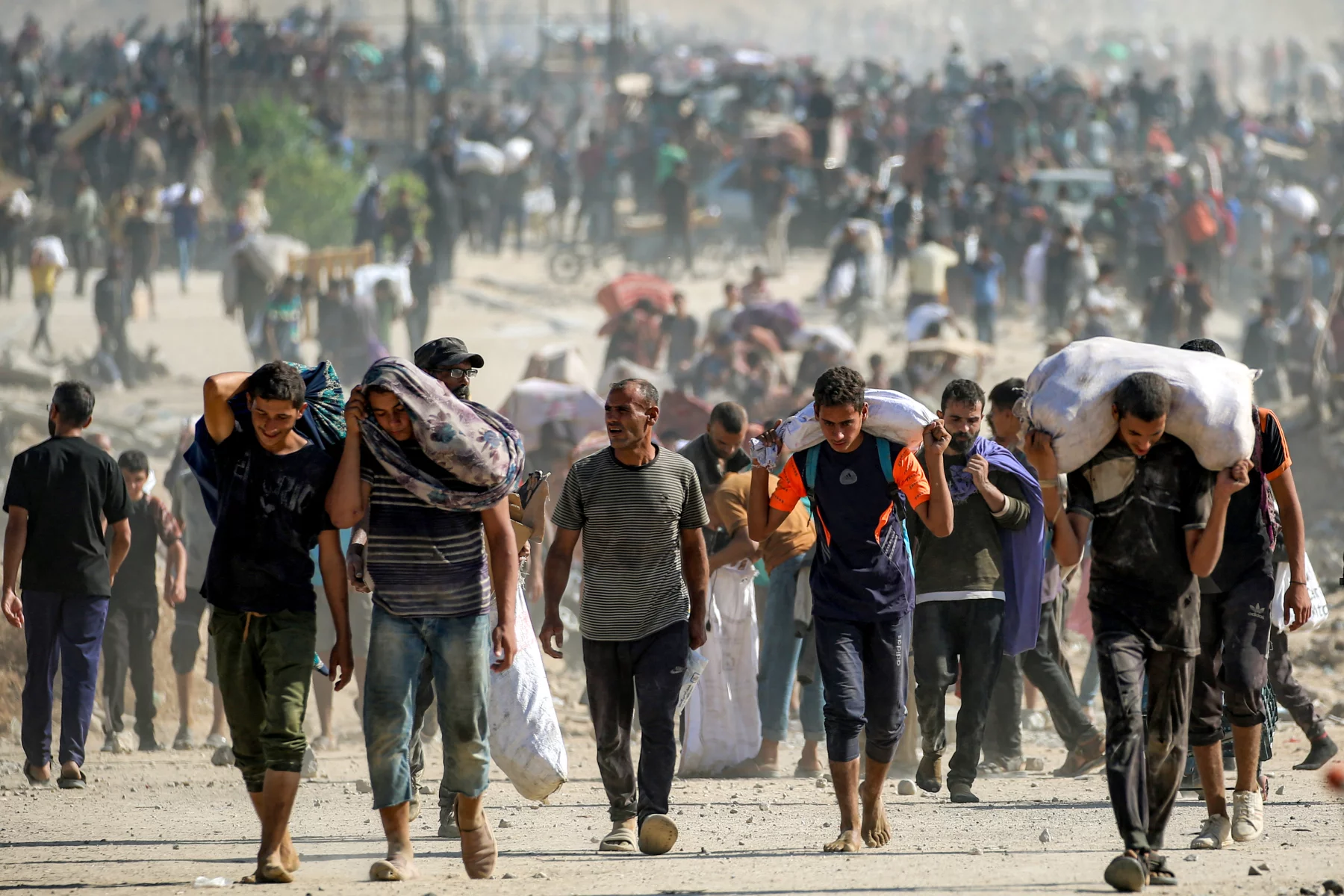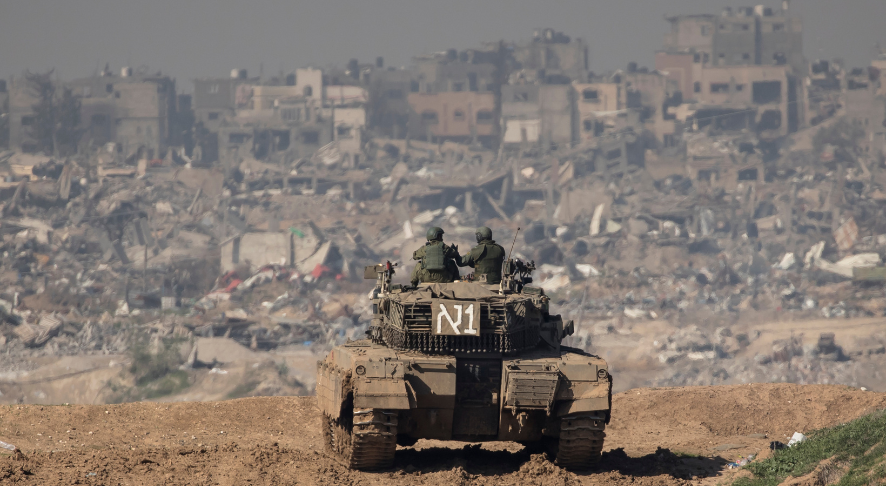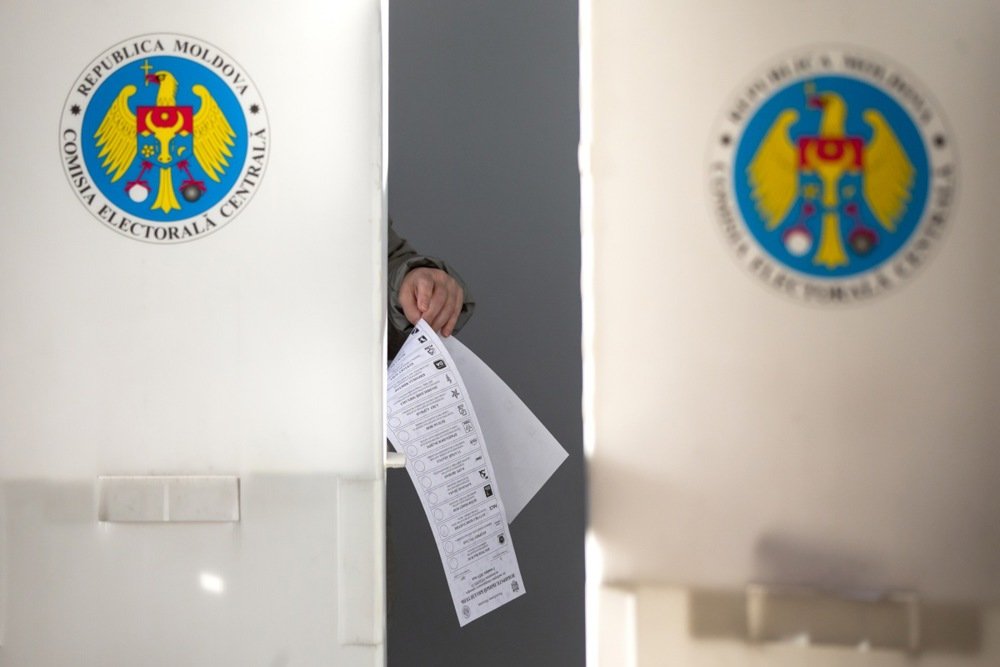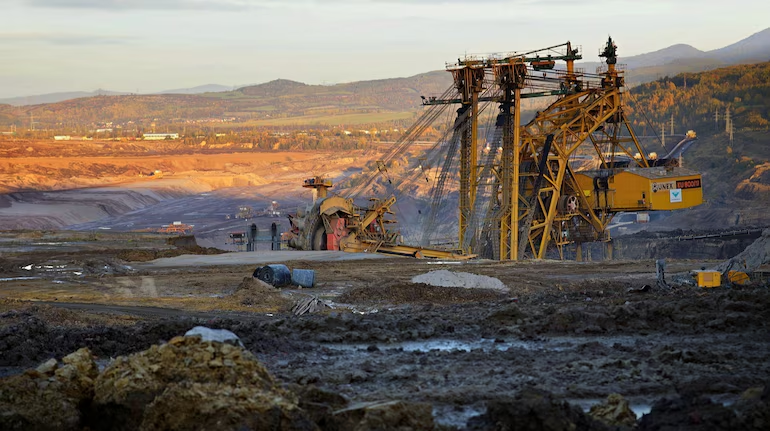European Centre for Strategic Studies and Policy (ECSAP)
Introduction
Jean Monnet, one of the EU’s founding fathers, once remarked that it is “better to have ten thousand tanks too many than one too few.” His words, drawn from the painful lessons of the Second World War, underscore a reality that Europe has long taken for granted: security is the foundation of prosperity.
The European Union has delivered decades of peace, high living standards, integrated infrastructure, and borderless mobility through the Schengen Area. Yet, these achievements are fragile. With the United States gradually retreating from its traditional role as Europe’s security guarantor, European policymakers must confront a sobering reality: the EU’s peace and stability can no longer be preserved without a strong European defence posture.
1. A History of Ignored Warnings
For over a decade, Russia has tested Europe’s resolve. From the 2008 invasion of Georgia, to the 2014 annexation of Crimea, and the repeated violations of international commitments such as the 1994 Budapest Memorandum and the 1999 Istanbul commitments, Europe has been given multiple wake-up calls.
Even Russia’s full-scale invasion of Ukraine in February 2022 did not trigger the necessary scale or urgency in Europe’s defence reforms. Too many policymakers treated the war as a regional conflict, rather than an existential challenge to European security itself. As a result, military upgrades and collective defence investments have lagged behind what is required.
2. Four Pillars for Europe’s Security
Pillar I: Ukraine’s Defence, Europe’s Safety
Europe’s first line of defence runs through Ukraine. Securing a peace that is neither capitulation nor a temporary pause is essential. Helping Ukraine defend itself is cheaper, faster, and more effective than allowing Russia to overwhelm the country and then face the consequences of a destabilised eastern frontier.
- Europe must fund Ukraine’s immediate military needs, including the purchase of weapons and ammunition from global markets.
- Simultaneously, the EU must expand its own defence industrial base, ensuring sustainability beyond ad hoc aid packages.
A Ukraine that survives and thrives is not just a victory for Kyiv; it is a security guarantee for Europe.
Pillar II: Increased Defence Spending
European leaders have announced many spending pledges since 2022, but delivery has fallen short. Despite rhetoric, ammunition shortages persisted, spare production capacity went underutilised, and initiatives like the Czech shell-buying plan fell short of targets.
- Defence spending remains insufficient. In fact, NATO’s European members collectively spent a smaller share of GDP in 2024 (2.02%) than in 1999 (2.1%), despite the largest land war on the continent since 1945.
- Gaps exist in EU financing, with the European Court of Auditors noting a four-year funding hole in military mobility programmes.
- The NextGenerationEU fund mobilised €800bn to address COVID-19, yet nothing comparable has been mobilised for Europe’s most pressing security risks.
Europe must treat defence spending as a strategic necessity, not an optional add-on.
Pillar III: Speed and Resilience
Time is Europe’s greatest enemy. The EU does not have a decade to prepare; Russia is escalating now.
- Europe must accelerate procurement and production cycles, moving beyond the slow pace of EU public administration.
- Investments must extend beyond military assets to critical infrastructure resilience—energy grids, nuclear power, renewables, telecommunications, and transport networks—to withstand hybrid attacks, cyber threats, and sabotage.
- A European Defence Production Act, inspired by the US model, could enable extraordinary mobilisation during crises, directing resources into weapons, supply chains, and energy transitions at scale and speed.
Pillar IV: Securing Public Support
The most difficult pillar is societal. After decades of stability, many Europeans have grown accustomed to the “peace dividend” and struggle to see the urgency of military preparedness.
- Leaders must communicate honestly about risks, framing defence as a shared European responsibility.
- Public awareness campaigns, parliamentary debates, and open dialogue are needed to rebuild trust and generate legitimacy for higher defence spending and deeper cooperation.
Without broad societal backing, even the best strategies risk stalling.
3. Strategic Implications for the EU
- Autonomy vs. Dependence: With Washington signaling a gradual retreat, the EU must assume primary responsibility for its own defence.
- NATO Cohesion: Strengthening EU defence should not replace NATO but complement it, reducing Europe’s overreliance on US security guarantees.
- Industrial Base: Building a robust European defence industry not only secures capabilities but also creates jobs, spurs innovation, and enhances Europe’s technological sovereignty.
- Energy & Infrastructure: Defence cannot be separated from resilience in energy and communications; Europe’s adversaries exploit vulnerabilities in these domains.
4. ECSAP Recommendations
- Prioritise Ukraine’s defence as Europe’s frontline security guarantee.
- Commit to sustained defence spending above 2% of GDP, with mechanisms for joint EU procurement to maximise efficiency.
- Establish a European Defence Production Act, accelerating weapons and infrastructure development.
- Close financing gaps in EU defence programmes, including military mobility.
- Build public consensus through transparent communication and civic engagement, emphasising that security underpins prosperity.
Conclusion
Europe has long benefited from peace, prosperity, and the security umbrella of the United States. But the global order is shifting, and Europe must now defend its own achievements.
As Jean Monnet’s words remind us, security comes not from under-preparation but from abundance. The cost of doing too little is existential; the cost of doing more is an investment in Europe’s survival.
The time for incrementalism is over. Europe must act—decisively, urgently, and together.
